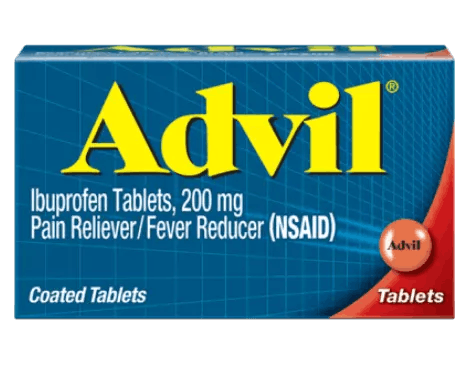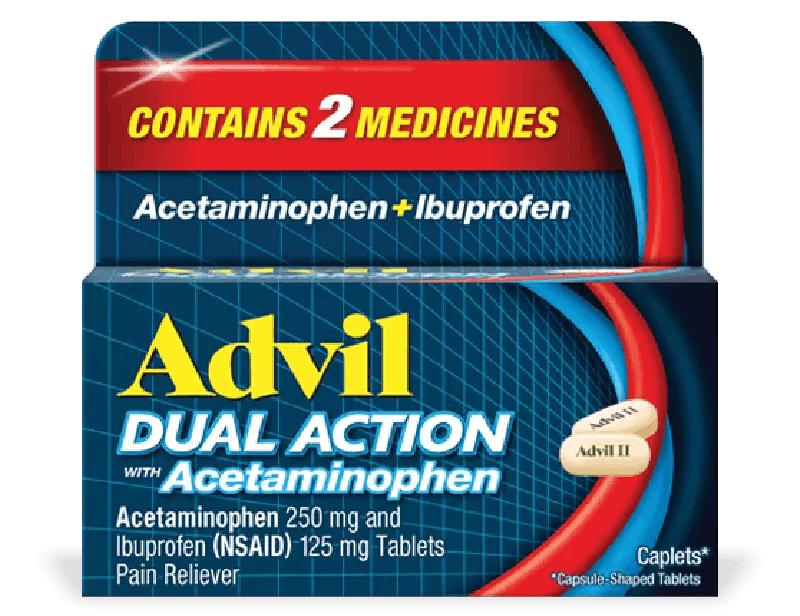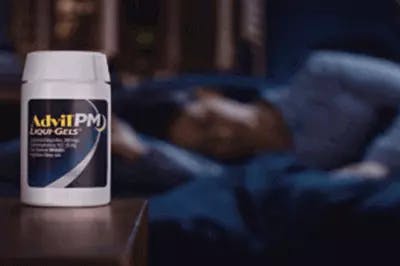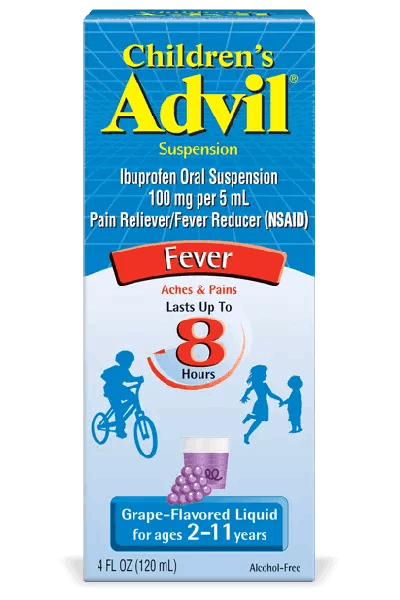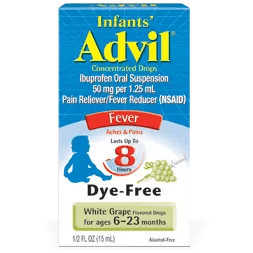How to Relieve Upper Back Pain
Backache
Back pain can put your life on pause. Simple activities like getting out of bed, putting on shoes, or reaching for something can be agonizing with a back injury. While the causes of lower back pain are frequently discussed, the causes of upper back pain can be puzzling. Read on to learn how to relieve upper back pain, and find out what may trigger it in the first place.
What Does Upper Back Pain Feel Like?
Upper back pain includes discomfort in the area of your back between your shoulder blades.1 While back pain itself is incredibly common, upper back pain is much less common than lower back pain due to the fact that the bones in your upper and middle back are less mobile than those in your lower back.1 This is because your ribs attach to your sternum, located in the middle of your chest, and wrap around your back to your spine.2 The bones in your upper back work with your ribs to keep the back stable and to protect organs like the heart and lungs.2
Upper back pain may feel like localized tightness, throbbing, aching or sharp pain in your back or neck.4 You may also experience muscle tightness or stiffness in your upper back.2 It may additionally manifest as pain that radiates into your arms or lead to numbness or tingling in your arms.4 Because your upper back connects your ribs, you may also feel pain when you’re taking a deep breath.4
What Causes Upper Back Pain?
The most common causes of upper back pain include:2,3,4
- Poor posture over an extended period
- Muscle strain or injury to the ligaments, muscles, and discs that support your spine
- Pressure on spinal nerves due to a herniated disc
- Misalignments in the spine
- Vertebrae fracture
- Osteoarthritis due to the breakdown of cartilage that cushions the joints in the spine
- Myofascial pain affecting the connective tissue of a muscle or group of muscles
Generally, upper back pain can fall into one of two classifications: muscular irritation or joint disfunction.1 When upper back pain is due to muscle issues, it’s almost always because of a lack of strength or an injury due to overuse.1 People usually can connect joint pain in the upper back to a sudden injury or natural degeneration due to aging.1
Upper Back Pain Treatment and Prevention
While there are many ways to manage and avoid back pain, there are a few basic ways to treat your mild to moderate upper back pain symptoms at home.
- Rest. Take a break from the activities that cause your back to hurt and return to that activity slowly.2
- Medication. Over-the-counter pain medication like Advil Liqui-Gels contain the non-steroidal anti-inflammatory drug ibuprofen, which can reduce the swelling and soreness associated with upper back pain.2
- Heat and Ice. Heat can reduce pain and stiffness and ice can reduce pain and swelling.2
- Reduce Stress. Try deep breathing, meditation and relaxation exercises.2
Another excellent way to help prevent upper back pain is to really think about your posture. Poor posture forces you to overwork the muscles in your neck and back, which can lead to muscle inflammation and pain in nearby joints.5 Thankfully, there are some ways to adjust your daily habits to result in better posture and reduced upper back pain:4,5
- Use a chair that supports your upper arms or forearms when doing work with your hands. This could apply to typing or any type of precision work.
- Keep your spine in a neutral position.
- Take frequent breaks and balance long periods of work with short ones to keep things from getting too repetitive.
- Position your screen to be straight ahead of you, at eye-level. Having to look downward at a monitor or phone can increase neck strain. In fact, research has found that when your neck is straight and your head is up, it only weighs about 10 pounds. But for every inch you tilt your head forward, usually to look at a computer screen or smartphone, the amount of weight that your head places on your spine nearly doubles. This strain on your neck and upper back is referred to as “tech neck.”
Exercises and Stretches for Upper Back Pain
Exercise is the foundation of back pain treatment, but the same routine may not work for everyone or every type of back pain. Finding specific movements and stretches for upper back pain can help you find relief.3
These are a few exercises you can try that will strengthen muscles to improve your posture:5
- Core Exercises. A strong core means you won’t need to use your upper back muscles for support. Try crunches, planks and leg extensions.
- Superman. Lie on the ground on your stomach with your arms and legs extended. Simultaneously raise your arms and legs off the groups, but only a few inches, to work all the muscles in your back and core.
- Shoulder Blade Retraction. Pull your shoulders back with this exercise that works your trapezius and rhomboid muscles. Hold an exercise band in front of you at shoulder height with your hands shoulder-width apart. Stretch the band across your chest while slightly bending your arms. Hold a beat and then return to your starting position.
- Neck Extension. This is an easy exercise to do in your car. Make sure you’re sitting comfortable, and press your head back firmly into your car’s headrest and hold for 30 seconds to build strength in your neck.
You may also find that incorporating yoga for back pain offers you both relief and muscle tone.
If your upper back pain persists, speak with your healthcare provider about a proper diagnosis and treatment plan.
Source Citations:
- Upper Back Pain. Dignity Health. https://www.dignityhealth.org/conditions-and-treatments/orthopedics/common-back-and-spine-injuries-and-conditions/upper-back-pain/. Accessed 12/6/2021.
- Upper and Middle Back Pain. University of Michigan Health. https://www.uofmhealth.org/health-library/aba5320. Accessed 12/6/2021.
- 7 Ways to Treat Chronic Back Pain Without Surgery. Johns Hopkins Medicine. https://www.hopkinsmedicine.org/health/conditions-and-diseases/back-pain/7-ways-to-treat-chronic-back-pain-without-surgery. Accessed 12/6/2021.
- Symptoms and Causes of Back Pain. American Dental Association. https://www.ada.org/resources/practice/health-and-wellness/symptoms-and-causes-of-back-pain. Accessed 12/6/2021.
- Poor Posture Hurts Your Health More Than You Realize. Cleveland Clinic. https://health.clevelandclinic.org/health-effects-of-poor-posture/. Accessed 12/6/2021.
By clicking the link(s) above, you will be taken to an external website that is independently operated and not managed by Haleon. Haleon assumes no responsibility for the content on the website. If you do not wish to leave this website, do not click on the links above.
